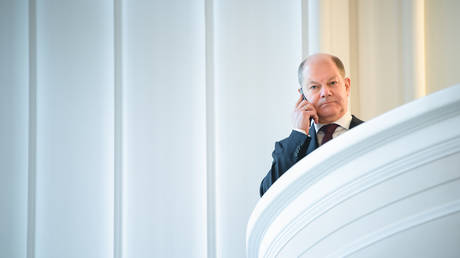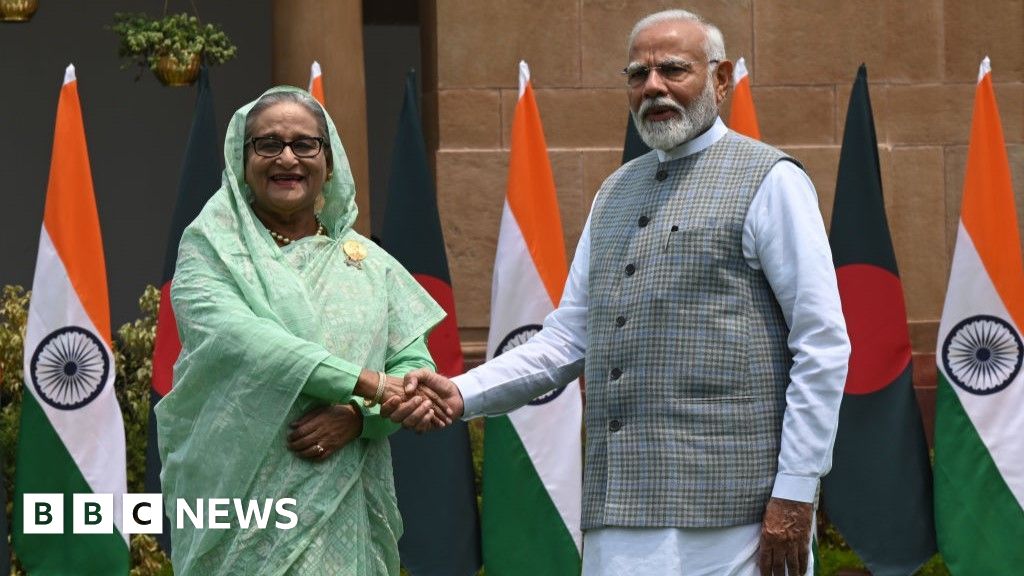In Yerevan, Armenia, a school serving exiled Russians helps families put down roots
Since Russia’s full-scale invasion of Ukraine, hundreds of thousands of Russian citizens have left the country. According to some estimates, more than 100,000 Russian citizens fled to Armenia alone. This reality has led to some changes within Yerevan, the Armenian capital, where some exiled Russians started a school. The post In Yerevan, Armenia, a school serving exiled Russians helps families put down roots appeared first on The World from PRX.

Russian Elena Chegodaeva left Moscow in early March of 2022 — about a week after Russia began its full-scale invasion of Ukraine.
Chegodaeva was against the war and fled to Yerevan, Armenia. At first, finding an apartment here felt impossible, she said: “For one month, it was difficult to find myself here and [I] felt lost. [I] didn’t know what to do.”
Chegodaeva is among the hundreds of thousands of Russians who have left their homeland since the invasion of Ukraine. Most of them oppose Russia’s war in Ukraine, or they fear getting drafted.
Many have wound up all over Europe — and Turkey, Georgia and Armenia have become some of the most-frequent destinations for exiled Russians. According to some estimates, more than 100,000 Russian citizens fled to Armenia alone. This reality has led to some changes within Yerevan, the Armenian capital, as the new residents try to put down roots.
Chegodaeva, an educator, soon realized the need for a school for the Russian children coming to the city. So, after coordinating with families and securing teachers and a space within a couple of weeks, she started the Svobodnaya Shkola, which is Russian for Liberated School. Chegodaeva is the school’s director, and she teaches second-grade math.
At first, the school only had 40 students — all kids of Russian immigrants. Back then, many of the families thought the war would end and they would soon return to Russia. The school operated out of an apartment. Now, 2 1/2 years later, many of the families are still here, and the student body has grown to 250, with classes held in two different buildings.
Lessons are taught in Russian and English, while Armenian is also taught twice a week. The Liberated School serves preschool students through 11th grade. (It doesn’t have 12th grade yet.)

“For children, it was [a] place where they [could] say everything they want, [a] place where teachers [would] respect their opinion, where they [could] find some friends, and maybe, some stability.”
Yura Boguslavskym, a parent of two sons, ages 10 and 15, at Chegodaeva’s school, said that their education is one of the reasons he left Russia.
“We felt at risk. I didn’t want to have such [a] future for my kids because there were many changes in the school system, as well. I didn’t want to stay in a state that is [an] aggressor.”
Boguslavsky said that when he and his family first arrived in Armenia, they also struggled.
“I think [the] first two or three weeks was just [a] shock; we managed to find someplace to live, and all the streets in Yerevan [were] full of lost people with backpacks [who were] very sad, sitting somewhere.”
Back in Russia, Boguslavsky attended anti-war protests, and was opposed to the Kremlin’s politics. Professionally though, Boguslavsky said, he was thriving.
In Moscow, he ran a studio and an animation school. But once he got to Yerevan, he had to start from scratch.
“Our occupation helps a lot. It takes a lot of energy, a lot of thinking. It is also [a] job that connect[s] you with people, and you always meet somebody, and you feel needed.”
A year after arriving in Yerevan, Boguslavsky started a new animation studio called Invisible Friends. He also teaches animation to students of all ages.
He produced a Claymation, stop-motion documentary called, “We flew, we came here,” based on interviews that Armenian students conducted with Russian kids who had recently arrived in Yerevan.
In the film, one child says that he didn’t know how long they were leaving Russia for — but when he found out, he says he “began missing his friends” and sometimes cried at night.
The kids described the toys they took with them and the ones they left behind.
Boguslavsky said that the kids were a lot more expressive than the adults were. That’s why he chose to feature children in the film.

“All the adults [were] very shocked, and they were saying almost the same things, [just] retelling the news. And the kids [were] sometimes even funny; they [talked about] how they understood what [their] parents told them. They were speaking a lot about their feelings.”
Boguslavsky said that this film inspired him to find a way to keep teaching animation in Armenia. He said that nowadays, he feels comfortable in Armenia, but he knows that many other people are having a hard time.
Finding affordable housing, and consistent work, is a challenge for many Russian immigrants who don’t work in the tech sector. A lot of people are also having trouble adjusting because they’re still hoping to return to Russia.
“I know many people who were suffering a lot, and not living their lives, and they were stuck in the past, and I don’t want to be like this, you know.”
Boguslavsky said that it’s unlikely that he’ll return to Russia anytime soon. He said that he’s focused on making a life for himself and his family here in Armenia.
Chegodaeva said that’s her mindset as well, and one of the reasons she founded the school. However, she said she still holds out hope that she’ll one day go back to Russia.
“I miss my past there and the house where I grew up. If I’ll be able to come back one day … maybe it’s just dreams, but maybe, I can do something to help make education better.”
Chegodaeva said that kind of change will take a lot of work and a long time.
But she said that when the political landscape changes, she’ll be ready to go back to Russia in order to work toward that change.
Stepan Adamyan contributed to this report
The post In Yerevan, Armenia, a school serving exiled Russians helps families put down roots appeared first on The World from PRX.















